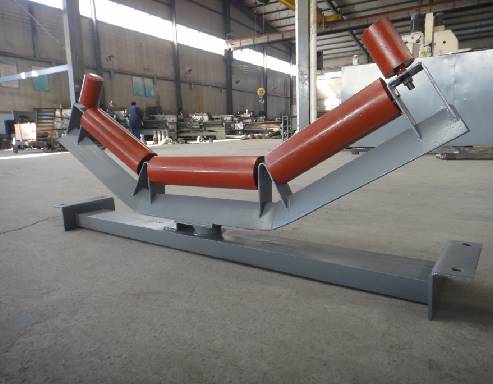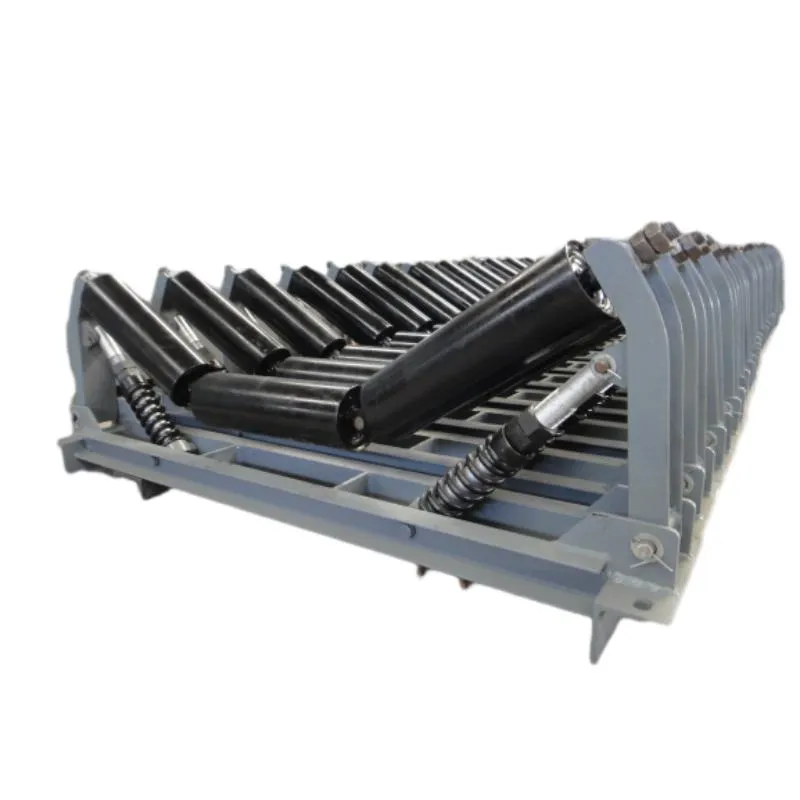 Afrikaans
Afrikaans  Albanian
Albanian  Amharic
Amharic  Arabic
Arabic  Armenian
Armenian  Azerbaijani
Azerbaijani  Basque
Basque  Belarusian
Belarusian  Bengali
Bengali  Bosnian
Bosnian  Bulgarian
Bulgarian  Catalan
Catalan  Cebuano
Cebuano  Corsican
Corsican  Croatian
Croatian  Czech
Czech  Danish
Danish  Dutch
Dutch  English
English  Esperanto
Esperanto  Estonian
Estonian  Finnish
Finnish  French
French  Frisian
Frisian  Galician
Galician  Georgian
Georgian  German
German  Greek
Greek  Gujarati
Gujarati  Haitian Creole
Haitian Creole  hausa
hausa  hawaiian
hawaiian  Hebrew
Hebrew  Hindi
Hindi  Miao
Miao  Hungarian
Hungarian  Icelandic
Icelandic  igbo
igbo  Indonesian
Indonesian  irish
irish  Italian
Italian  Japanese
Japanese  Javanese
Javanese  Kannada
Kannada  kazakh
kazakh  Khmer
Khmer  Rwandese
Rwandese  Korean
Korean  Kurdish
Kurdish  Kyrgyz
Kyrgyz  Lao
Lao  Latin
Latin  Latvian
Latvian  Lithuanian
Lithuanian  Luxembourgish
Luxembourgish  Macedonian
Macedonian  Malgashi
Malgashi  Malay
Malay  Malayalam
Malayalam  Maltese
Maltese  Maori
Maori  Marathi
Marathi  Mongolian
Mongolian  Myanmar
Myanmar  Nepali
Nepali  Norwegian
Norwegian  Norwegian
Norwegian  Occitan
Occitan  Pashto
Pashto  Persian
Persian  Polish
Polish  Portuguese
Portuguese  Punjabi
Punjabi  Romanian
Romanian  Russian
Russian  Samoan
Samoan  Scottish Gaelic
Scottish Gaelic  Serbian
Serbian  Sesotho
Sesotho  Shona
Shona  Sindhi
Sindhi  Sinhala
Sinhala  Slovak
Slovak  Slovenian
Slovenian  Somali
Somali  Spanish
Spanish  Sundanese
Sundanese  Swahili
Swahili  Swedish
Swedish  Tagalog
Tagalog  Tajik
Tajik  Tamil
Tamil  Tatar
Tatar  Telugu
Telugu  Thai
Thai  Turkish
Turkish  Turkmen
Turkmen  Ukrainian
Ukrainian  Urdu
Urdu  Uighur
Uighur  Uzbek
Uzbek  Vietnamese
Vietnamese  Welsh
Welsh  Bantu
Bantu  Yiddish
Yiddish  Yoruba
Yoruba  Zulu
Zulu Jan . 14, 2025 11:03
Back to list
Slagging Pulley(Heavy Duty)
In the expansive world of industrial machinery and conveyance systems, drum pulley lagging stands out as a pivotal component ensuring optimal efficiency and longevity. This article provides an in-depth exploration of drum pulley lagging, delving into the benefits, types, and significant influence on equipment performance through the eyes of a seasoned expert.
Urethane lagging, known for its high-performance capabilities, bridges the gap between rubber and ceramic in terms of durability and cost. It provides excellent resistance to chemical exposure, making it ideal for environments where material spillage or leakages are a concern. Authority in the selection and maintenance of drum pulley lagging involves understanding the specific needs of the machinery involved. Engineers and maintenance crews must consider factors such as operational speed, environmental conditions, and the nature of materials being transported. Incorporating thorough risk assessments, customized lagging solutions can be developed to optimize performance and lifespan, reflecting a deep expertise in machinery care and reliability. Alongside the technicalities, trustworthiness in the realm of drum pulley lagging is built upon a foundation of credible product sourcing and installation craftsmanship. Partnering with manufacturers that uphold rigorous quality standards ensures that the lagging materials used are of the highest caliber. Additionally, investment in reliable and skilled technicians for the installation process is crucial, as improper lagging fitting can negate potential benefits, leading to increased downtime and costs. The real-world experience of utilizing efficient drum pulley lagging has demonstrated its significance in boosting operational productivity. Case studies often highlight a remarkable reduction in belt slippage, leading to smoother operation and fewer interruptions in workflow. This enhances the overall handling efficiency, ensuring that installations meet their throughput targets with minimal disruption. In essence, drum pulley lagging serves as a guardian of conveyor systems, ensuring longevity and efficiency are upheld. Through expert selection, installation, and maintenance, it is instrumental in influencing positive industrial outcomes. This insight not only supports the practical applications but also stands as a testament to the authority and credibility required in optimizing conveyor system performance. Industry leaders who recognize and apply true expertise in the field will continue to benefit from the substantial return on investment provided by high-quality drum pulley lagging solutions.


Urethane lagging, known for its high-performance capabilities, bridges the gap between rubber and ceramic in terms of durability and cost. It provides excellent resistance to chemical exposure, making it ideal for environments where material spillage or leakages are a concern. Authority in the selection and maintenance of drum pulley lagging involves understanding the specific needs of the machinery involved. Engineers and maintenance crews must consider factors such as operational speed, environmental conditions, and the nature of materials being transported. Incorporating thorough risk assessments, customized lagging solutions can be developed to optimize performance and lifespan, reflecting a deep expertise in machinery care and reliability. Alongside the technicalities, trustworthiness in the realm of drum pulley lagging is built upon a foundation of credible product sourcing and installation craftsmanship. Partnering with manufacturers that uphold rigorous quality standards ensures that the lagging materials used are of the highest caliber. Additionally, investment in reliable and skilled technicians for the installation process is crucial, as improper lagging fitting can negate potential benefits, leading to increased downtime and costs. The real-world experience of utilizing efficient drum pulley lagging has demonstrated its significance in boosting operational productivity. Case studies often highlight a remarkable reduction in belt slippage, leading to smoother operation and fewer interruptions in workflow. This enhances the overall handling efficiency, ensuring that installations meet their throughput targets with minimal disruption. In essence, drum pulley lagging serves as a guardian of conveyor systems, ensuring longevity and efficiency are upheld. Through expert selection, installation, and maintenance, it is instrumental in influencing positive industrial outcomes. This insight not only supports the practical applications but also stands as a testament to the authority and credibility required in optimizing conveyor system performance. Industry leaders who recognize and apply true expertise in the field will continue to benefit from the substantial return on investment provided by high-quality drum pulley lagging solutions.
Next:
Latest news
-
Revolutionizing Conveyor Reliability with Advanced Rubber Lagging PulleysNewsJul.22,2025
-
Powering Precision and Durability with Expert Manufacturers of Conveyor ComponentsNewsJul.22,2025
-
Optimizing Conveyor Systems with Advanced Conveyor AccessoriesNewsJul.22,2025
-
Maximize Conveyor Efficiency with Quality Conveyor Idler PulleysNewsJul.22,2025
-
Future-Proof Your Conveyor System with High-Performance Polyurethane RollerNewsJul.22,2025
-
Driving Efficiency Forward with Quality Idlers and RollersNewsJul.22,2025
OUR PRODUCTS





























